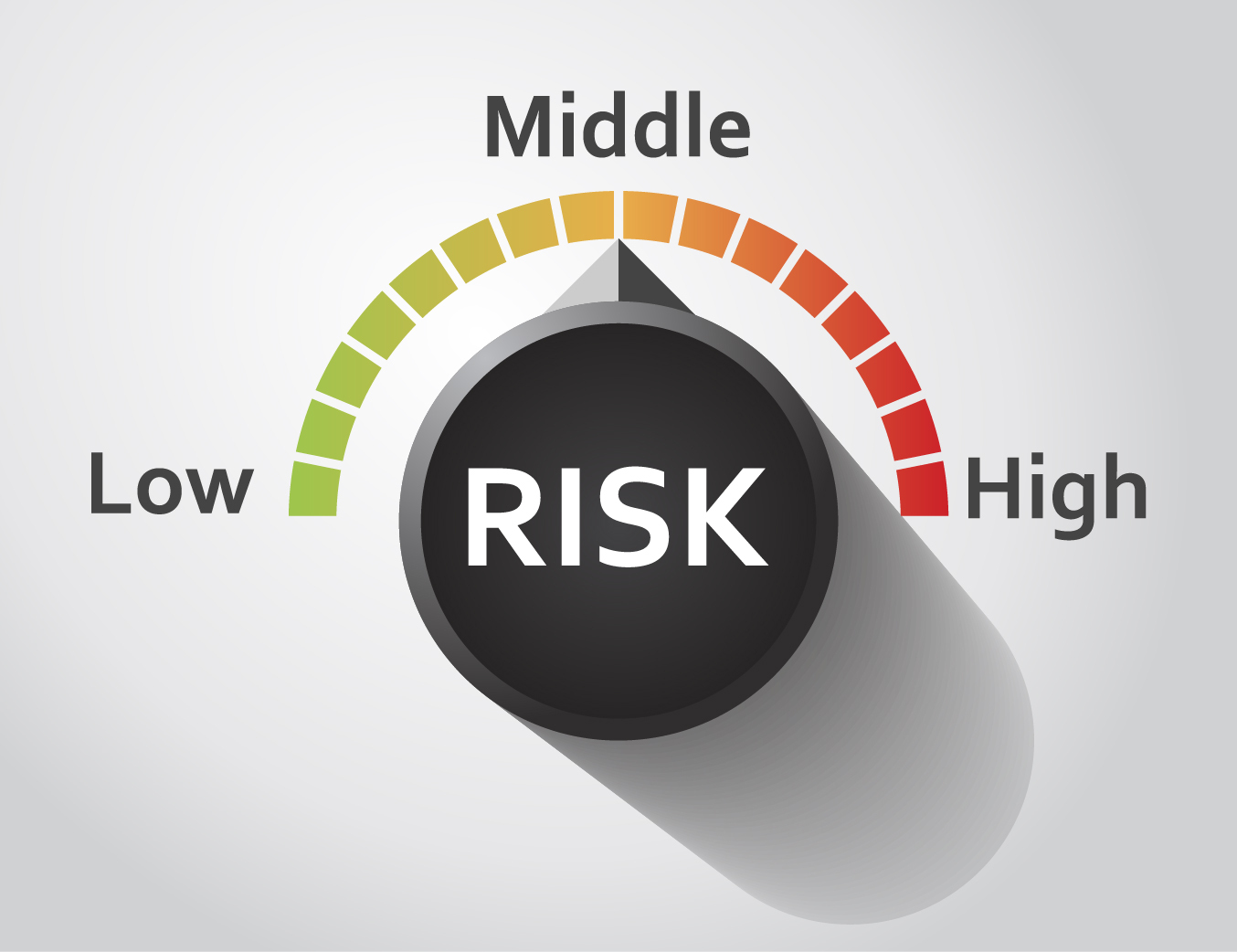Low Genetic Risk Helps to Protect Against Obesity, Decades-long Study Finds

A large-scale study spanning six decades found that people in Norway who are least genetically predisposed to obesity are relatively protected from it, while those most predisposed are at risk of both obesity and severe obesity.
These findings suggested that interactions between genes and an environment that increasingly promotes obesity play a role in the diverging risks of people with different genetic predispositions.
The study, “Genetic associations with temporal shifts in obesity and severe obesity during the obesity epidemic in Norway: A longitudinal population-based cohort (the HUNT Study),” was published in the journal PLOS Medicine.
While obesity can affect people regardless of genetic predisposition, those who are predisposed are at a greater risk of excess weight gain. This risk is further influenced by today’s so-called obesogenic environment, meaning the surroundings, opportunities, or conditions of life that promote obesity.
The genome-wide polygenic score (GPS), developed to measure the inherited susceptibility for obesity, includes over two million common genetic variants associated with body mass index (BMI, a measure of body fat).
However, the effects of a change in genetic predisposition to obesity as societies become more obesogenic have not been evaluated using the GPS.
Researchers at the Norwegian University of Science and Technology in Norway led an investigation of the link between obesity predisposition based on GPS and BMI for more than 50 years.
The study included 67,110 people, ages of 13 to 80, in the Nord-Trøndelag region and with repeat BMI measures from 1966 to 2019. Genetic information was obtained from a long-term population-based health study, the Trøndelag Health (HUNT) study.
Although other age groups were included, the study’s main results were specific for those ages 25 to 55, as their data were most complete.
The team divided the study population into 10 equally sized GPS groups, with the top tenth being the most genetically susceptible to higher BMI, and the bottom tenth being the least susceptible. Then, the scientists estimated the effect of GPS on BMI based on time of measurement, age, and sex.
BMI generally increased more among those genetically predisposed, but was stable for all participants in the 1960s to the 1980s. It then increased greatly from the mid-1980s to the 2000s, when it again stabilized.
Comparable associations were found between GPS and BMI, as well as obesity within and between sibling groups (comparing BMI within families). Data showed minimal bias from factors within families — or assortative mating, in which children of obese couples are likely to inherit a higher GPS for obesity that would amplify over generations.
Among the genetically predisposed (top tenth GPS), the increase in prevalence for obesity and severe obesity — defined as a BMI greater or equal to 30 kg per square meter (kg/m2), and at least 35 kg/m2, respectively —was steeper than it was among those in the bottom tenth GPS from the 1960s to the late 2010s.
Among less predisposed 35-year-old men, the prevalence of obesity rose from 0.9% to 6.5%, while the most predisposed increased from 14.2% to 39.6%. Likewise, for women of the same age, obesity’s prevalence for the least predisposed rose from 1.1% to 7.6%, while the most predisposed tenth increased from 15.4% to 42.0%.
Taken together, the absolute increase in obesity’s prevalence from 1966 to 2019 was nearly 20% in highly predisposed men and women.
A similar trend was found among severely obese people, with an 8.5% increase in the prevalence of severe obesity for predisposed men, and 12.6% for women. Across other age groups, a similar but smaller increase was found.
While the prevalence of severe obesity is below 2% for most age groups, findings indicate that the least genetically predisposed individuals are protected against severe obesity.
“The results indicate that over the past 6 decades, the least genetically predisposed people seem relatively protected from obesity and almost completely protected from severe obesity, whereas the most predisposed people are at risk for both obesity and severe obesity,” the scientists concluded. This suggests that “an interplay between genes and an increasingly obesogenic environment could play a role in growing differences in obesity risk between individuals with varying genetic predisposition.”
Those most genetically at risk, for instance, would likely find it “even more difficult” to make healthy lifestyle choices in this environment.
As such, these findings “highlight the need to identify and to address the specific factors that led to the population-wide increase in obesity,” they added.




